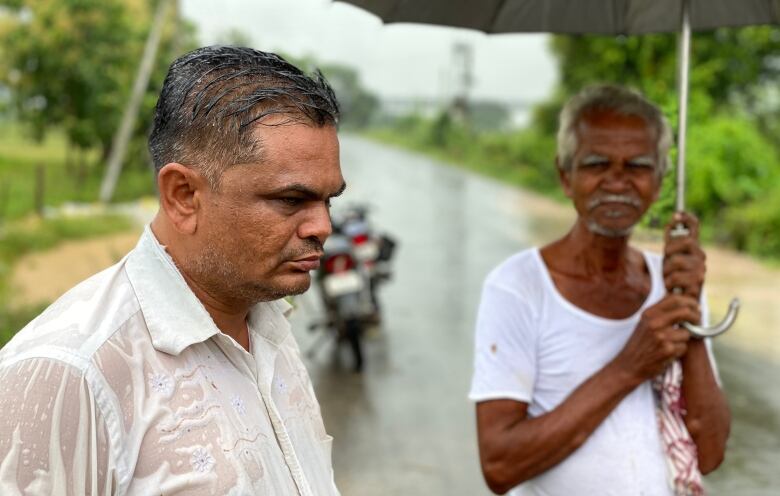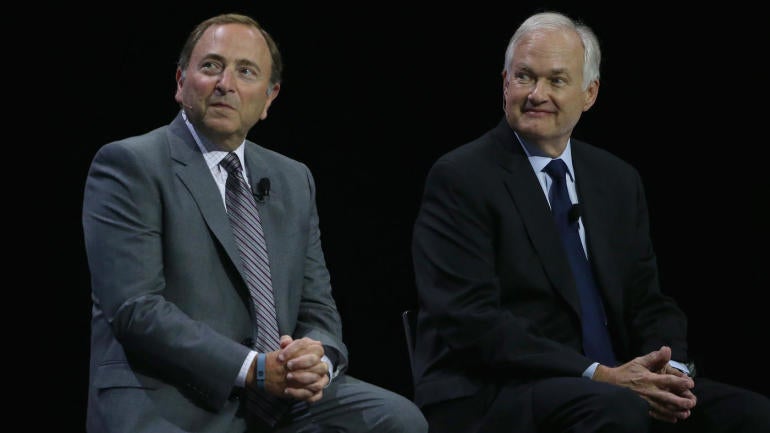Why India can't live without coal despite its negative environmental effects
Years of mining in coal-rich hubs have left villages
struggling for access to water
A lone well sits in the middle of the Bhatali village square in central India's coal-rich Chandrapur district, steps from a massive open-pit mine.
The well is dug 10 times deeper than previous ones, which all ran dry years ago, and the water spurting from it is not safe to drink.
"Our lands have gone to waste," said village leader Subhash Gaurkar, pointing to the coal mining activity that surrounds the town.
Mining of the highly polluting fossil fuel in Chandrapur, like in many other coal-rich regions of India, has siphoned most of what was, at one time, a plentiful water supply.
India is the world's second largest producer of coal, behind China. Critics worry that fossil fuel will be the centrepiece of the country's energy production for several decades yet, along with the environmental and health consequences that come with it.
"Our wells are 30 feet deep and the mines are 80 feet deep," Gaurkar said. "The mines suck all the water, so we don't get that water. How can farmers irrigate their farm then?"
Manoj Waghmare, 36, doesn't any longer. His field, across the street from the large coal mine, sits empty and devoid of crops.
"Nothing can grow here now. We have nothing left," he said, claiming silt and water from the nearby mine has seeped into the soil, contaminating it.
"Our land of 60 years has become completely barren," Waghmare said.
(The mine has compensated other farmers in the area for loss of land, but Waghmare said he is still waiting for his sum.)
Water comes at a price
With the area's groundwater depleted, drinking water comes from a small, makeshift treatment hut set up near that lone well — a government-built system that pumps water from the nearby Erai river.
Villagers line up to use a pay-by-card system to fill up their large jugs with water. The cost: 20 litres of water for five rupees (roughly eight cents Cdn).
It's emblematic of the harmful effects of coal extraction on local communities, according to Suresh Chopane, president of the Chandrapur-based environmental non-profit Green Planet Society.
"Water everywhere, not a single drop to drink," Chopane said. "This is what the situation is in Chandrapur."
Coal is king
And yet, India is forging ahead with plans to expand its coal production as demand surges, with new plants under construction even as the price of coal, once seen as the cheapest and easiest option, is spiking.
The country is third on the list globally for greenhouse gas emissions, even though the average Indian uses far less energy than the average Canadian or American.
India is also navigating a coal shortage this fall with domestic production falling short of growing demand as its economy emerges from the pandemic. Some of India's power plants reported having only a few days' supply left in October, fuelling the threat of blackouts hitting large cities.
Coal, the dirtiest of fossil fuels, is the backbone of India's energy grid, providing more than 70 per cent of the country's power.
'We can't stop it'
The largest coal miner in the world, Coal India Ltd., is owned by the national government, and at least seven of India's states are heavily reliant on the revenues from extraction of the fossil fuel, including Maharashtra state, where Chandrapur is located.
The industry provides jobs for some four million Indians, as well as strong ripple effects in the economy.
"We can't stop it," said Kishor Jorgewar, a member of the state of Maharashtra's Legislative Assembly.
"Stopping mining activities is like stopping the prosperity of a nation."
WATCH | Why coal is the backbone of India's energy grid:
The local politician is adamant that more of the revenues collected from coal should go to the communities adversely affected by mining activity to tackle pollution and water depletion, but he is aware his region's economy would grind to a halt if India were to abandon coal.
It's a reality even environmentalists like Chopane accept.
"It will take time," he told CBC News. "We're expecting 10 to 15 [more] years that we will have to depend on coal."
International pressure is growing on India to further reduce its carbon footprint and commit to getting to a net-zero emissions goal. As the West moves away from coal, it's looking for other nations to do the same. Reducing coal dependence is expected to be a primary focus of the United National climate conference COP26, set to begin next week in Glasgow.
But India is looking for more foreign investment to help meet its climate targets, not pressure from the West, nor does it appreciate being labelled a climate laggard.
Its negotiators pushed back hard at a fraught G20 meeting earlier this year in Naples, penning a statement that called out those around the table for not focusing on bringing down high per-capita emissions in richer countries.
India's stance is complicated. The country has set ambitious renewable energy targets to invest heavily in solar and wind power. Its goal of 450 gigawatts (GW) of renewable capacity by 2030 that environmentalists have lauded, even as India continues to promote coal.
'Unfair' demands
"This country is heavily dependent on a coal-based economy and the politics around it," said Ashwini K. Swain, a fellow at the New Delhi-based Centre for Policy Research.
That interdependency is not easy to break.
Take the national railroad.
Indian Railways receives nearly half of its revenue from coal, charging more to transport the fossil fuel around the country in order to heavily subsidize train tickets for passengers, making travel accessible for much of the country's poorest.
According to Swain, it's unfair to expect India to abruptly replace coal with renewable energy when industrialized nations have used the dirty fuel for years with few consequences, driving growth but also driving up emissions that have contributed to a warming planet.
He has calculated that India's added solar and wind power capacity will be for future electricity demand, as the country develops.
"The question is: what is the alternative economic pathway for India?" he said.
"The developed countries have something else as an alternative to coal, be it gas in some countries, be it nuclear in other countries," Swain said.
"India doesn't have anything as of right now."
Nothing to replace coal yet, with tens of millions of Indians still living without electricity and fully dependent on the dirtiest of fossil fuels.


 Blackhawks' sexual abuse victim Kyle Beach meets with NHL execs:
Blackhawks' sexual abuse victim Kyle Beach meets with NHL execs: 








